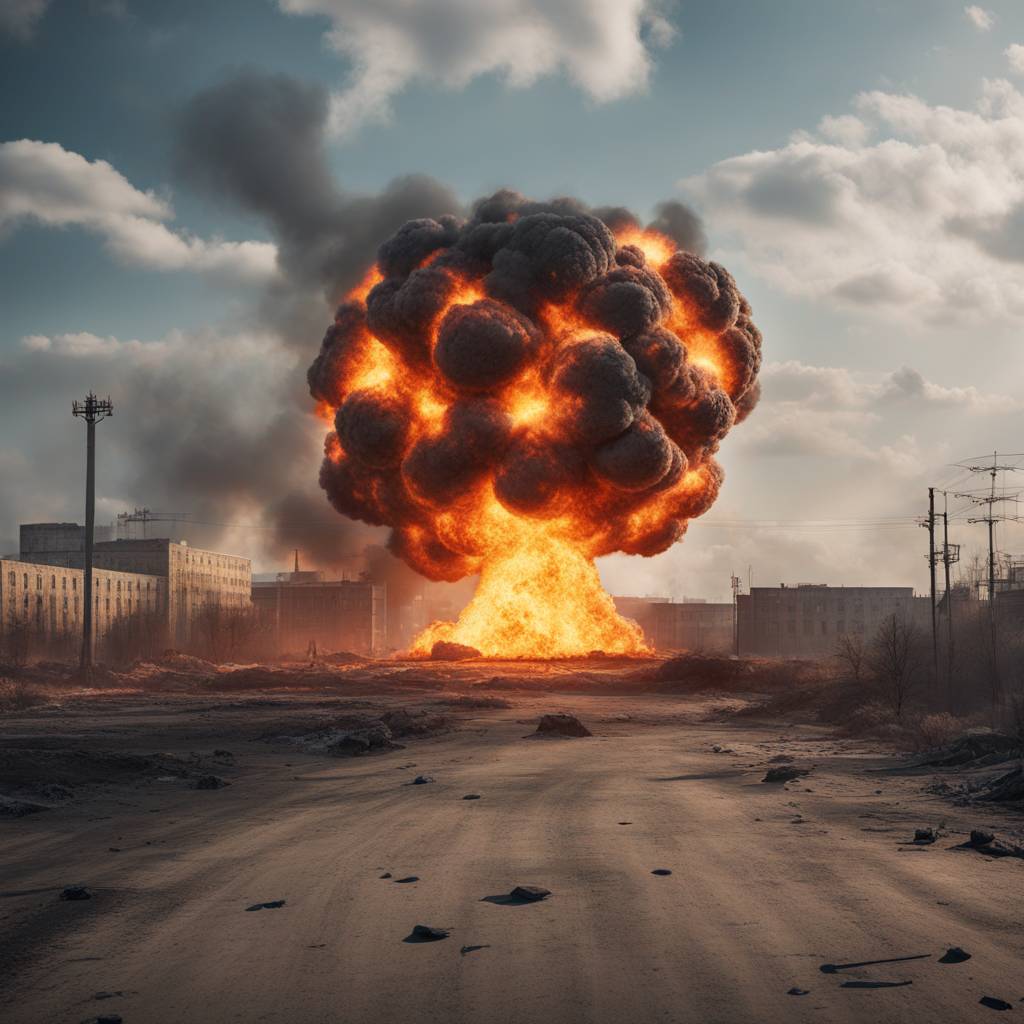A Ukrainian “plane-type UAV” attacked a Russian weapons plant that allegedly assembled drones, causing a massive explosion. The attack took place in the Republic of Tatarstan, with the leader confirming the strikes but stating that there was no serious damage to the industrial enterprises. Despite the attack, the technological process of the facilities was not disrupted. Video footage captured the moment when the drone nosedived into the plant, causing a fireball after impact. At least seven people were wounded in the attack, with no official claim of responsibility, although Ukrainian outlets in Kyiv suggested it was organized by the Ukrainian Defense Ministry’s Main Intelligence Directorate (GUR).
The Ukrainian Defense Ministry’s Main Intelligence Directorate (GUR) has been increasingly targeting Russian energy and industrial facilities to hurt the economy and limit supplies to the military. The U.S. has asked Kyiv to stop targeting Russian energy infrastructure, but Ukraine’s state security service SBU and intelligence directorate GUR have continued to carry out strikes on various targets. The White House is reportedly frustrated by Ukraine’s increasing aggression, with concerns that Russia may retaliate against Western energy facilities. The Ukrainian tactics have evolved to include targeted drone strikes after a failed ground counteroffensive, with some successful results in pushing back Russia’s Black Sea Fleet from vital facilities.
The Alabuga Special Economic Zone claimed that the drone used in the attack had “equipment” from NATO countries, although no evidence was provided to support this claim. The attacks inside Russia have been denied by the NSC in the U.S., stating that they do not encourage or enable such actions. Russia’s reaction to these attacks remains unknown, with concerns about potential retaliation against Western energy facilities. Ukrainian strategy against Russia has shifted to focus on targeted strikes on infrastructure and alleged assassinations of Russian personnel, with limited success in pushing back Russian forces in the navy and protecting vital facilities from occupation.
Russian officials have condemned the attacks on their industrial facilities, with the head of the defense committee in the Russian Duma stating that the drone attacks will end once Kyiv is taken. The strikes have caused injuries and damage to the targeted facilities, but the overall impact on Russian operations remains minimal. The increasing use of drones in attacks against Russian targets has raised concerns about potential escalation and retaliation by Russia. As Ukraine continues to evolve its tactics and strategies in the conflict, the situation remains tense with ongoing violence and aggression on both sides.
The recent attack on the Russian weapons plant in Tatarstan has highlighted the escalating conflict between Ukraine and Russia. The use of drones in targeted strikes on industrial and energy facilities has raised concerns about the potential impact on the region’s stability. The involvement of outside actors, such as NATO countries, in providing equipment for the drones adds a new dimension to the conflict. The international community is closely monitoring the situation, with fears of further violence and instability in the region. As both sides continue to engage in aggressive tactics and retaliation, the prospects for a peaceful resolution to the conflict remain uncertain.


